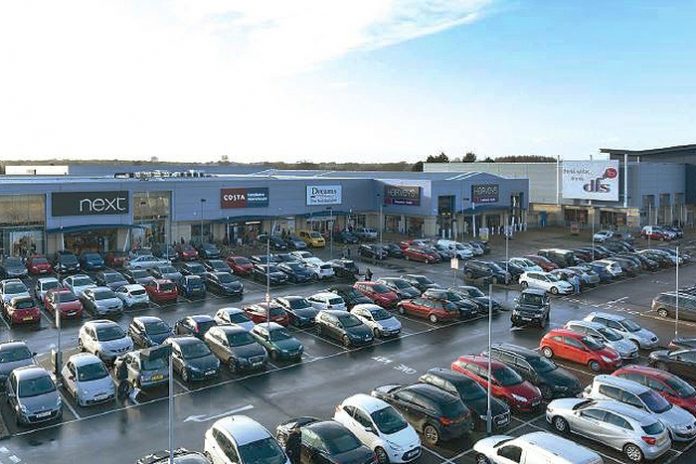The demise of retailers including Toys R Us and Maplin has driven sales away from retail parks, where non-food sales declined by 1.1% in 2018, the worst performance over the past five years, according to GlobalData, a leading data and analytics company.
The company’s latest report ‘UK Retail Parks 2018-2023’ reveals that despite a challenging 2018, retail parks will experience decent growth over the next five years, with spend rising £4.1bn to reach £52.8bn by 2023. Spend growth at retail parks will outstrip that of town centres and the total offline market as high streets continue to battle declining footfall and store closures, as major retailers like Marks & Spencer and Debenhams close branches.
Emily Salter, Retail Analyst for GlobalData, commented: “Retail parks often lack appealing and varied leisure facilities – this should be improved upon to increase footfall and dwell time, as visitors who use leisure facilities spend more time in retail parks. Only 24.9% of retail park visitors used a food service on their last visit to a retail park, compared to 34.9% of town centre visitors and 55.7% of supermall visitors. An increased focus on leisure facilities may also make retail parks more attractive to younger consumers, as they currently are the least likely to visit the location.”
Reflecting the trend across the UK retail market, value general merchandiser’s appeal to consumers with players including B&M, Wilko and The Range ranking in the top 10 retailers visited in retail parks across various sectors. In addition to the attraction of the wide product ranges available at these retailers, major players including Next adding food services and Sports Direct including leisure elements to upgrade their retail park stores, help to create locations that appeal to a broader range of shoppers.


















